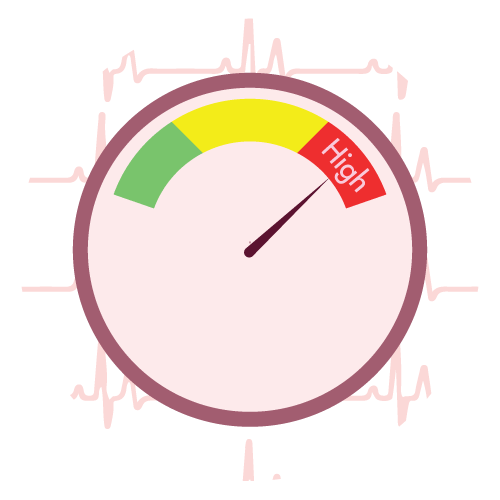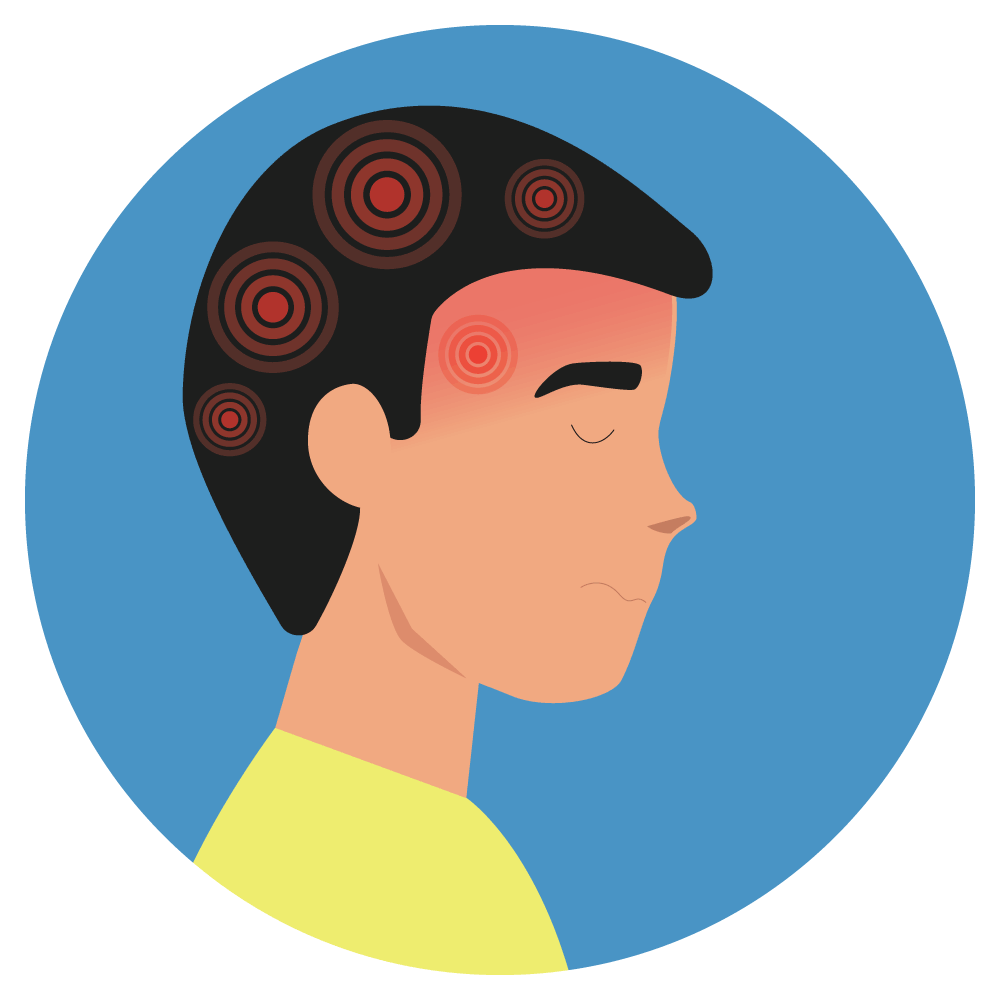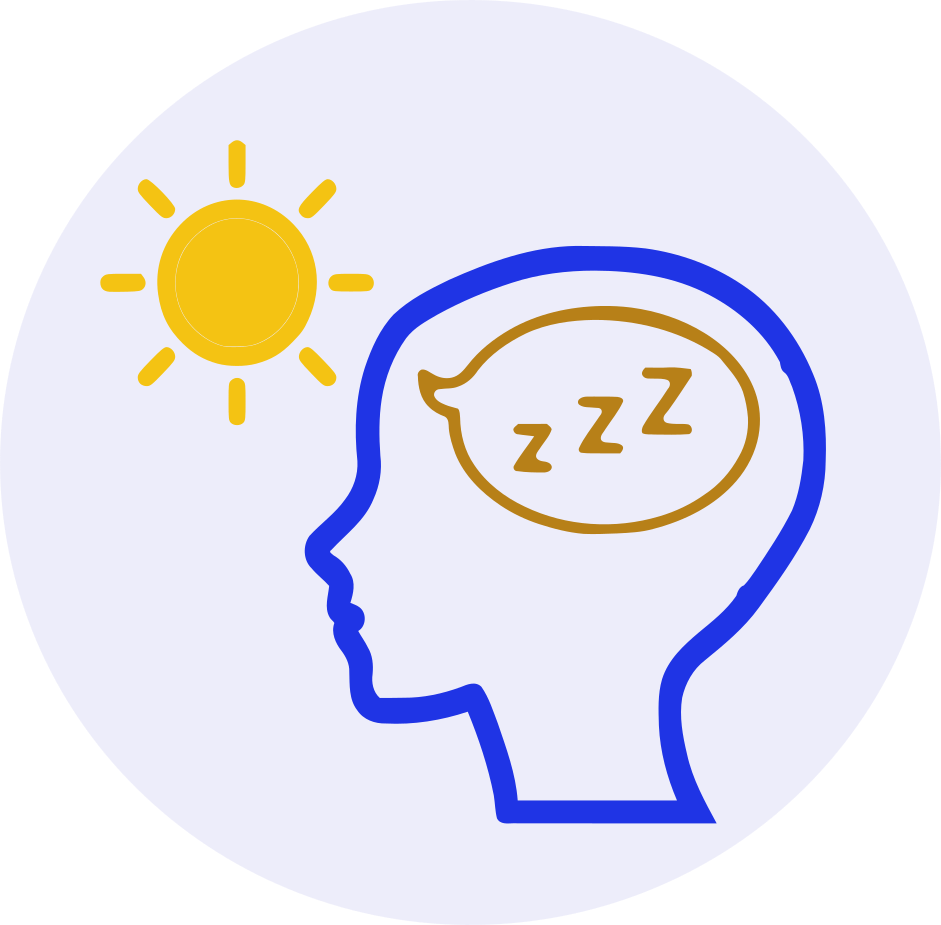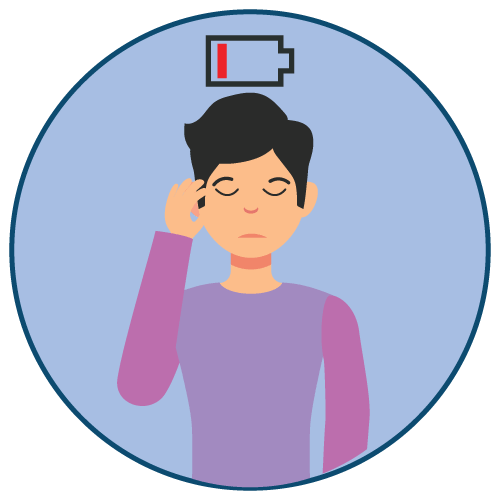Medicine details
| Image |  |
| Name | Prazopress-2 |
| Dosage | Tablet |
| Generic Name | Prazosin |
| Classes |
Cardiovascular Agent Antihypertensive Alpha Adrenoreceptor Blocker |
| Diseases |
Benign prostatic hyperplasia (BPH) Cardiovascular Disease Hypertension (High Blood Pressure) Myocardial Infarction Stroke |
| Company | Unimed & Unihealth Manufacturers Ltd. |
Drug Package Details
| Strength | 2mg |
| Storage Condition | |
| Origin Country | Bangladesh |
| Commercial Pack | 30 |
| Price per pack | ৳ 180.00 |
| Cost per pack | ৳ 158.40 |
| Package unit | 10 tabs strip |
| Price per unit | ৳ 6.00 |
| Cost per unit | ৳ 5.28 |
| Discount | 0 |
| Coupon | |
| Remarks |
Prazosin
Prazosin is an alpha adrenoceptor blocker. The precise mechanism of prazosin's hypotensive action is unknown. Prazosin reduces total peripheral resistance and was thought to have a direct relaxant action on vascular smooth muscle at first.
Prazosin is indicated in the treatment of hypertension. It can be used alone or in combination with other antihypertensive drugs such as diuretics or beta-adrenergic blocking agents.
- Starting dose: 1 mg two or three times a day
- Maintenance dose: The dosage can be gradually increased to a total daily dose of 20 mg in divided doses. The most commonly used therapeutic dosages have ranged from 6 mg to 15 mg daily in divided doses. Doses greater than 20 mg usually have no effect on efficacy, but a few patients may benefit from further increases up to a daily dose of 40 mg given in divided doses. Some patients can be adequately maintained on a twice-daily dosage regimen after initial titration.
- Prazosin, like all alpha-blockers, can cause syncope and sudden loss of consciousness. In most cases, this is thought to be due to an excessive postural hypotensive effect, though the syncopal episode has occasionally been preceded by a bout of severe tachycardia with heart rates ranging from 120 to 160 beats per minute. Syncopal episodes have typically occurred within 30 to 90 minutes of the drug's initial dose; however, they have been reported in association with rapid dosage increases or the addition of another antihypertensive drug to the regimen of a patient taking high doses of Prazosin. In patients given an initial dose of 2 mg or higher, the incidence of syncopal episodes is approximately 1%. Clinical trials conducted during this drug's investigational phase suggest that syncopal episodes can be reduced by limiting the initial dose to 1 mg, gradually increasing the dosage, and introducing any additional antihypertensive drugs into the patient's regimen with caution. Patients taking Prazosin and a beta-blocker such as propranolol may develop hypotension.
- During cataract surgery, some patients treated with alpha-1 blockers experienced general intraoperative floppy iris syndrome (IFIS).
- Symptoms associated with low blood pressure, such as dizziness and lightheadedness, are more common than loss of consciousness. The patient should be warned about these potential side effects and advised on how to deal with them if they occur.
Contraindication
- Contraindicated in patients hypersensitive to prazosin, or any of it's excipients.
- Prazosin is contraindicated in patients with known sensitivity to quinazolines such as-
- Doxazosin
None known.
None known.







 Bangla
Bangla English
English